Quiksilver has become a part of my life and made it a happy one. The great thing about this company is that it has never been about one person. Both in the beginning and now – it has always been a team” – Alan Green, founder of the company
Many people have heard of the principle “if you want it to be good, do it yourself”. That’s what Alan Green, a surfer from Torquay, Australia, thought 50 years ago. Alan and his friends loved to ride the waves, but in the 60s there was no special equipment for surfers. They had to ride in ordinary shorts, which restricted their movements, quickly got wet and became heavy and uncomfortable.
Then Alan Green took a loan of 2500 dollars from his father and together with a friend began to change the idea of surfing clothes. Alan Green and John Lo decided to express their passion for the sport in making surfing more comfortable. They designed
a wetsuit and professional boardshorts. By the way, it was surfers who were also involved in the popularity of boots made of sheep’s wool – Uggs. They sewed and wore them to keep their feet warm after riding.
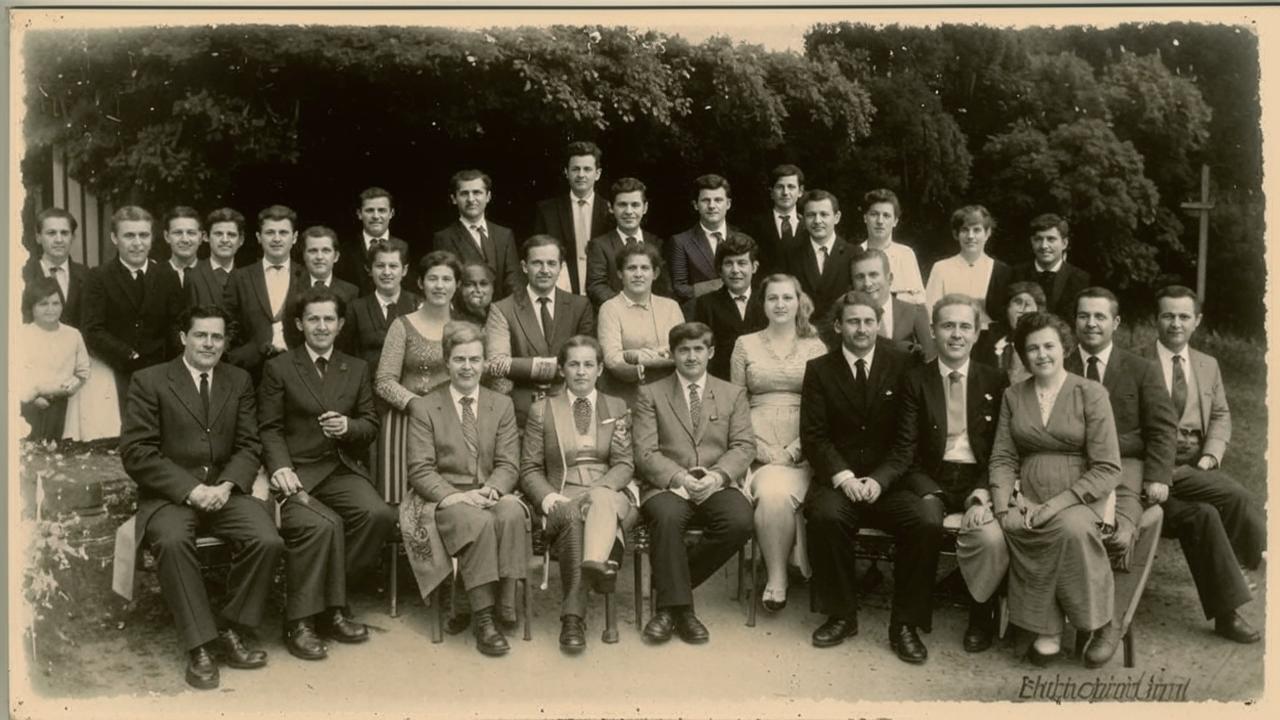
Alan Green
More than just shorts
In 1970, friends founded Quiksilver in a small garage not far from the ocean. They created their first boardshorts as sculptors – they took a common model popular at the time and stripped away everything superfluous. Green and Lo cut up some old shorts, removed the heavy cotton, replaced the lacing in the front with Velcro, shortened the length, removed injury-prone parts, and redesigned the cut so that the shorts didn’t restrict movement.

The first boardshorts
Surfers’ friends liked the innovative solution and soon the shorts were distributed all over the coast. Friends sewed the boardshorts and supplied them to stores on the beaches. “The new shorts were selling like hotcakes and I only had time to bring them to all the surf shops, passing along the coast between rides. It was a great time: made boardshorts, sold them, made more. It was a lot easier than it is now,” Alan Green recalled years later.
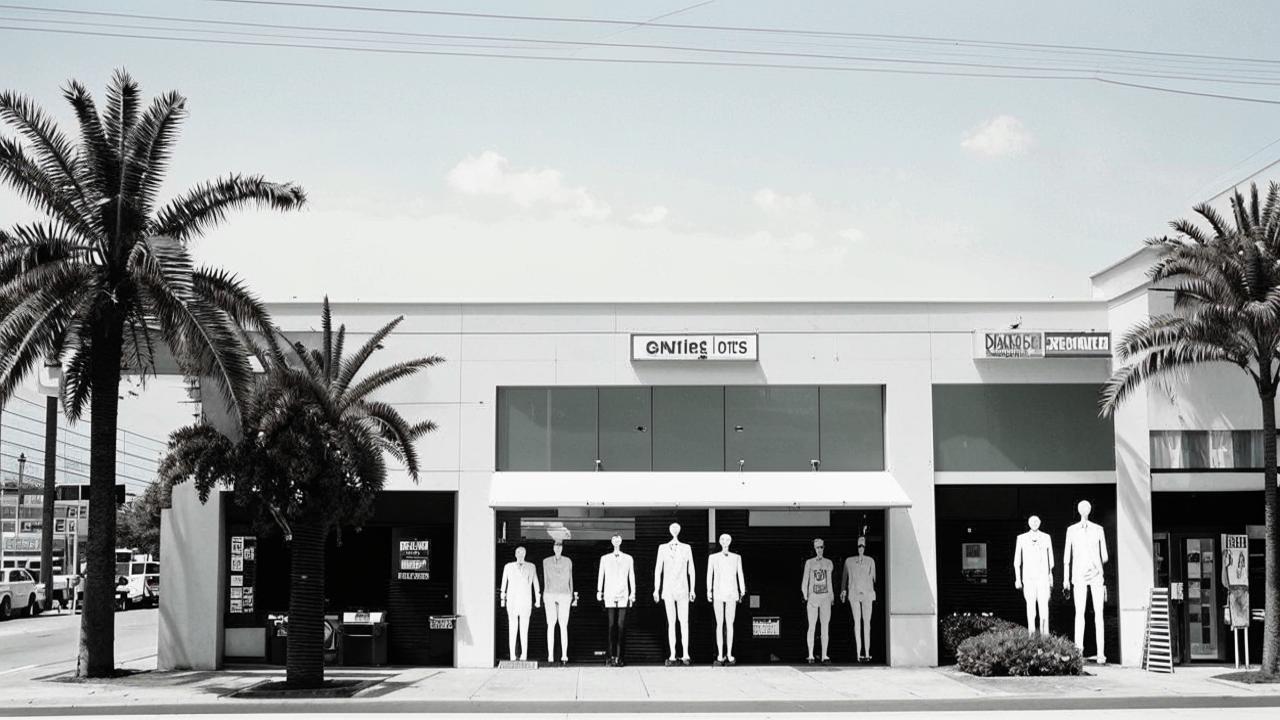
The first Quiksilver store
The elusive Quiksilver. Turning to gold
Alan’s wife came up with the name of the Quiksilver brand. She saw the word “quicksilver” in a novel. The word meant the transformation of something elusive, liquid and fluid into gold. The ancient alchemists in the book referred to it as turning base metals into gold. This context fit perfectly with the brand’s philosophy. In order not to worry about copyrights, it was decided to throw out one letter – so the brand Quiksilver appeared.
The first logo. The brand gets a face
A white swan was initially chosen as the logo. Only a few years later the designers were inspired by Katsushika Hokusai’s painting “Big Wave in Kanagawa” and transferred the famous wave on the background of Mount Fuji to the logo. Thus, the brand found a face that reflected the main passions of surfers – waves, freedom and serenity.
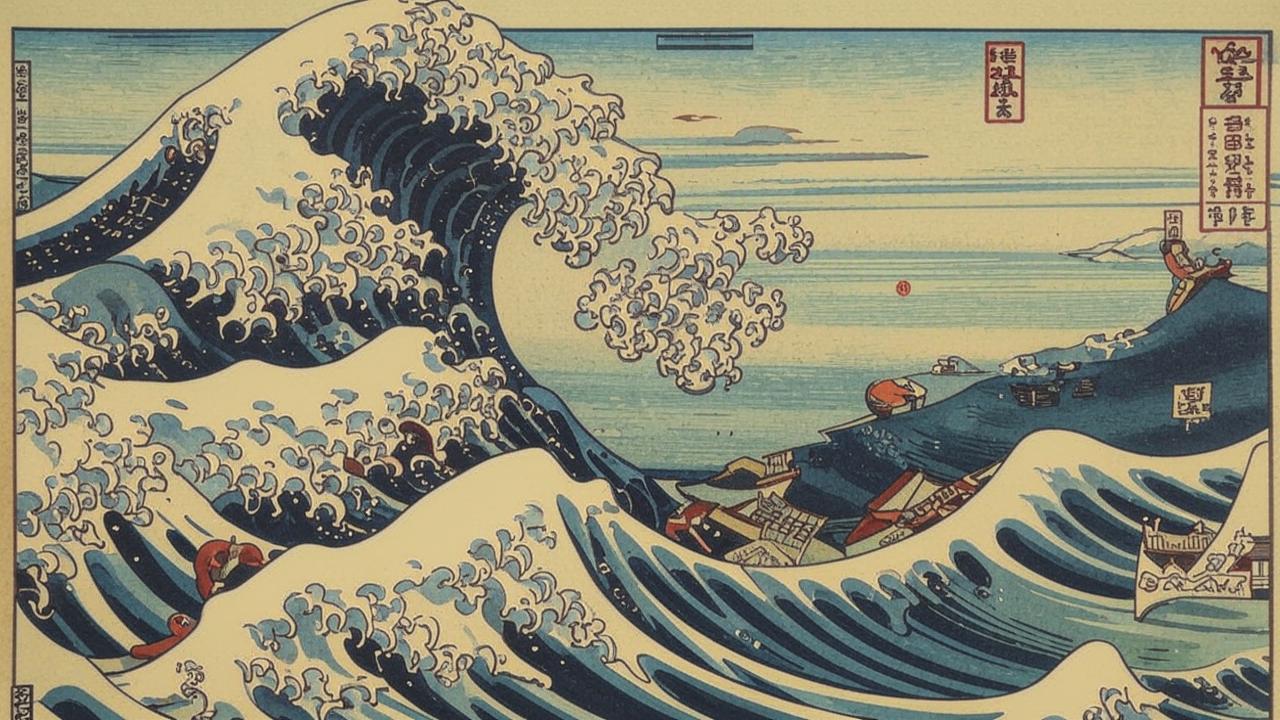
Katsushika Hokusai’s painting “Big Wave in Kaganawa” and the Quiksilver logo
Already in a couple of years, the brand took over the whole of Australia and decided to enter the global market. In parallel, the company was already supporting surfers. One of them, Jeff Hackman, proposed to promote the brand in the USA and in 1976, together with Bobo McKnight, founded the Quiksilver branch in America. At first they sold boardshorts right out of their minivan, but soon Quiksilver took over the American market. In 1984 the brand came to Europe and became a global brand.
Ambassadors take to the spot
Due to the fact that the core of Quiksilver has always consisted of surfers, the brand easily guessed the needs of the audience and quickly earned recognition in the professional environment. A significant role in the promotion of the brand played its star representatives. Quiksilver willingly supported surfing stars, and they shared their growing popularity with the brand.
In 1978, Quiksilver sponsored surfers Wayne Bartholomew and Bruce Raymond. Wayne became a world champion that same year. Ten years later, the brand signed a million-dollar sponsorship deal with surfer Tom Carroll. The industry-record contract made Carroll the first millionaire surfer. In 1990, surfer Kelly Slater joined Quiksilver. Kelly went on to win 11 world championships and is still associated exclusively with Quiksilver by many fans of waves and bumping spots.
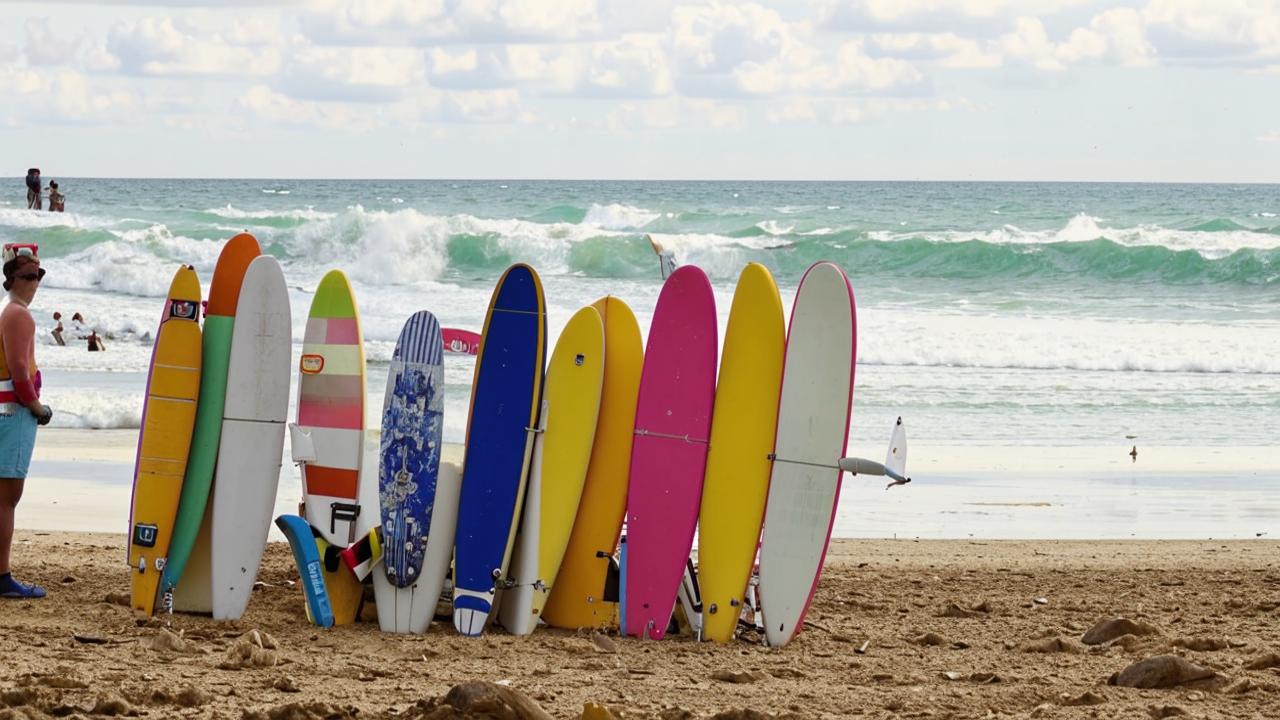
Tom Carroll
Buy boardshorts
Boardshorts are getting brighter
The brand’s creators have always been reverent not only about practicality, but also about the appearance of the outfit, following the fashion trends of their time. It is through the combination of style and practicality that the brand was able to become truly legendary. After entering the American market, the brand released the Quiksilver Echo Beach line. A bold and bright color craze spawned by glam punk bands such as Talking Heads. Quiksilver clothing with radical prints and overly bright colors began to be worn by Newport party people. Their motto “If you can’t Rock’n Roll don’t fucken come!” became the quintessential Quiksilver signature style, reflecting the reckless and carefree spirit of surfing. This era spawned some of Quiksilver’s most recognizable models.
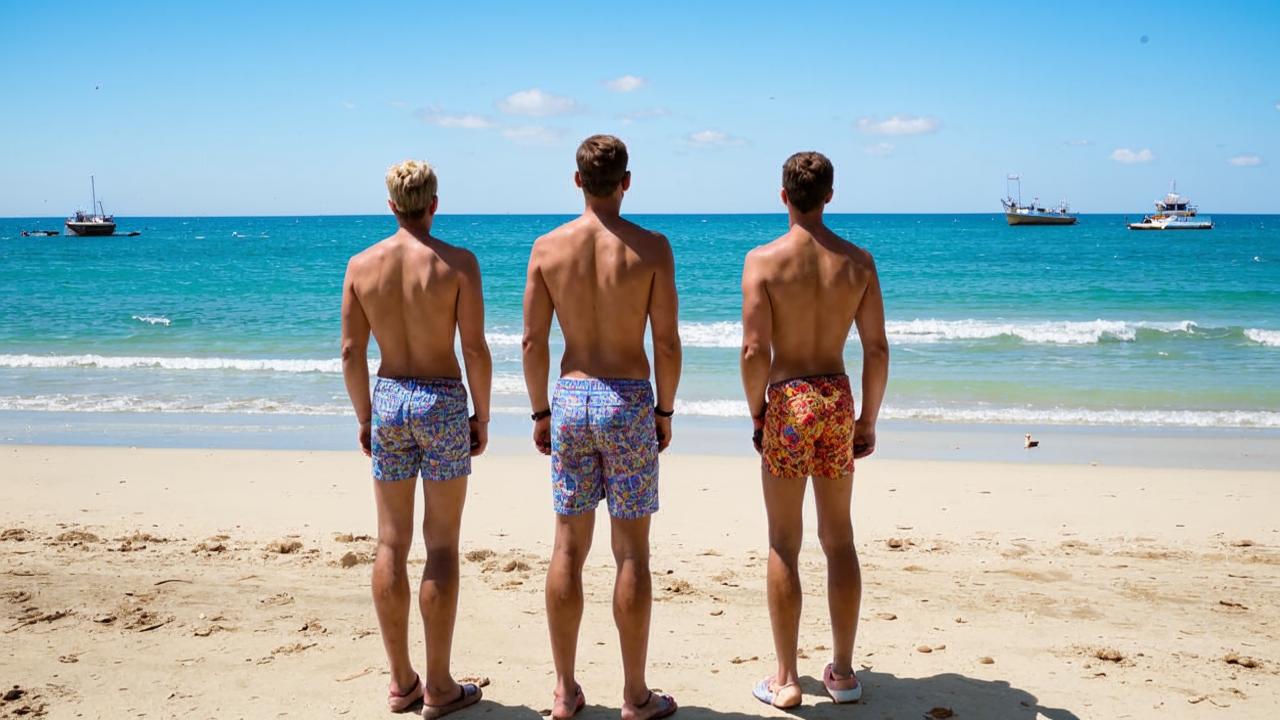
The Echo Beach Star is one of the most recognizable models in the collection. They gained their fame after the release of Kelly Slater’s movie In Black And White. Now they can be bought in the former design.
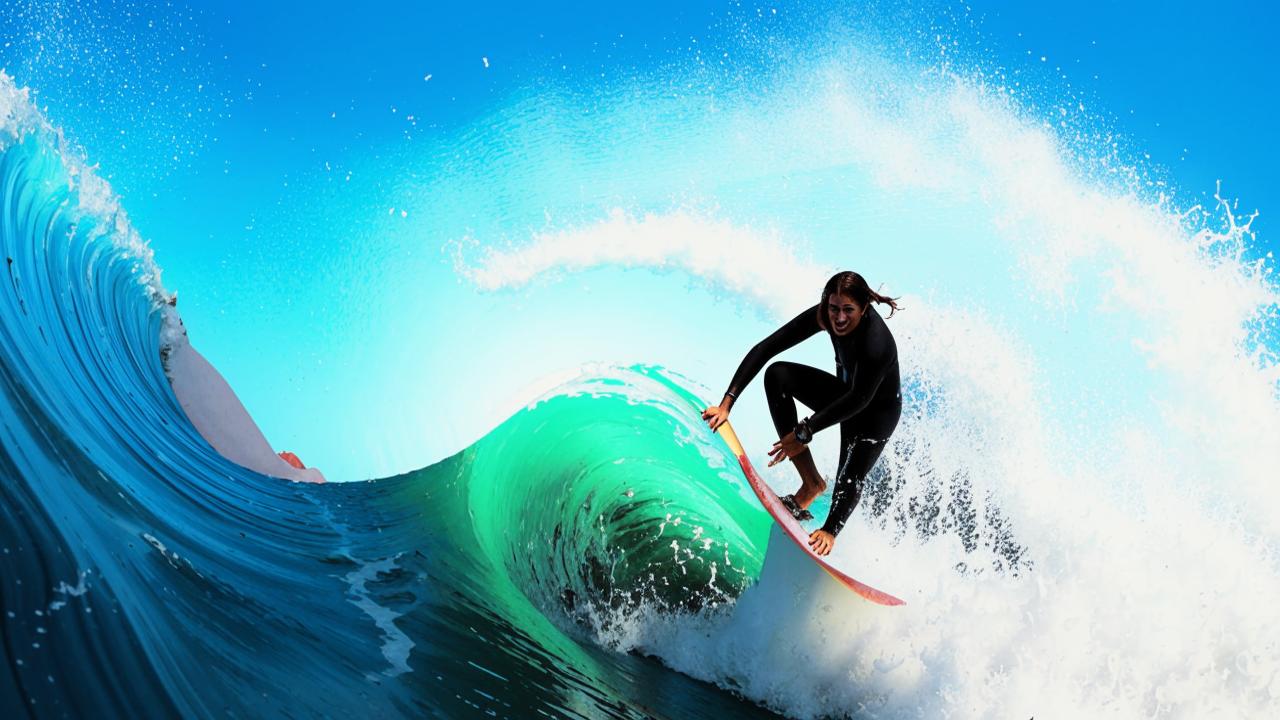
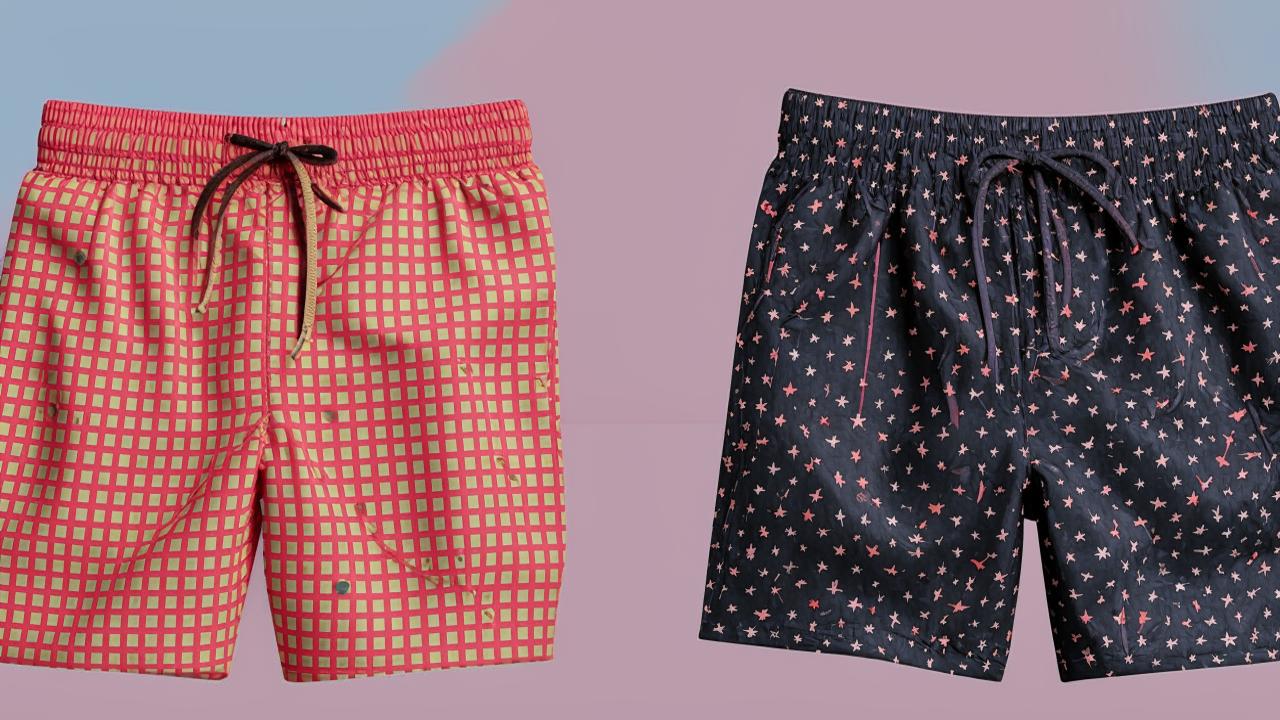
A legendary model for freesurfers of the 80s were the Echo Beach Checker. It was then that surfers became real trendsetters. Rock’n’roll echoes and classic cut, hydrophobic material and arch shape combine retro style and modern performance.
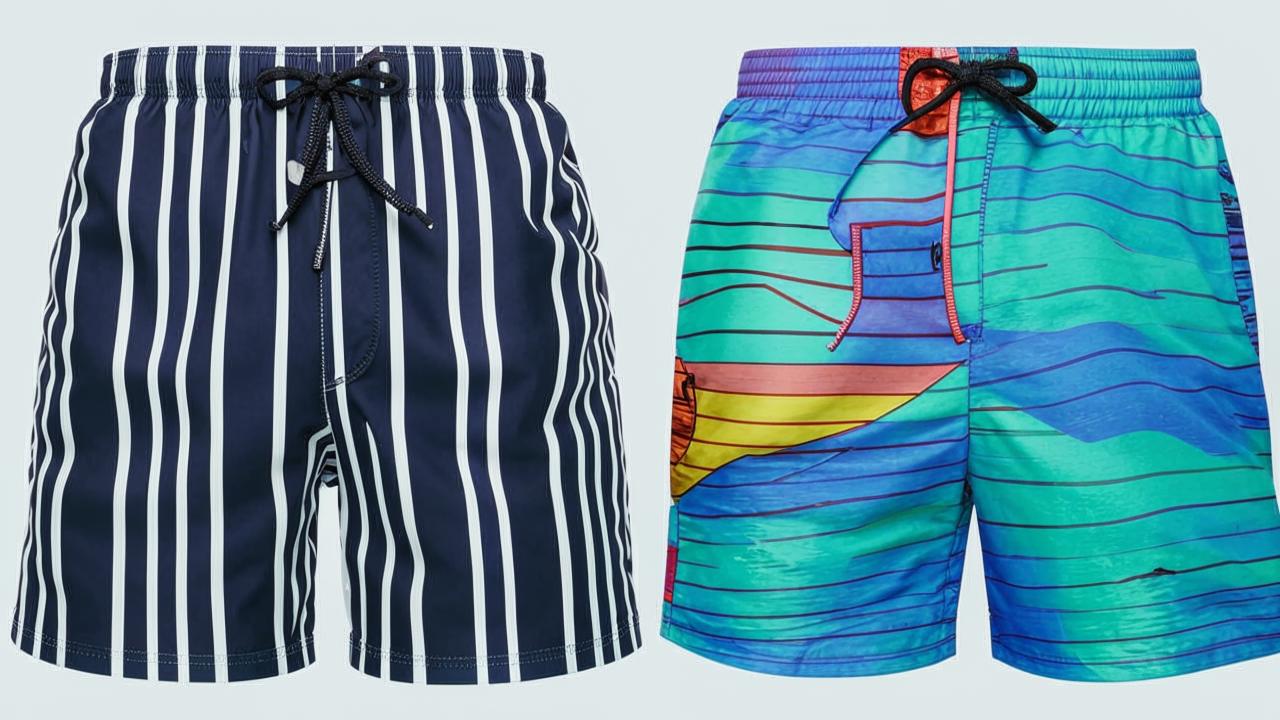
Buy the shorts
Quiksilver will release a few more capsules with references to history before the end of the year.
More to come
The nineties for the company were spent under the aegis of continuous expansion of the company and expansion into different sports spheres. In 1990 Quiksilver has a subsidiary brand “Roxy”, which produces women’s clothing for surfing. From the very beginning, the subsidiary brand gained popularity. In 1996 the company begins to make clothes for winter sports, in 1997 it buys the manufacturer of snowboards – the firm “Mervin”. Such rapid development allows Quiksilver Inc. to enter the New York Stock Exchange in 1998. In 2000, Quiksilver signs a contract with skateboarding legend Tony Hawk, and together they create the Hawk clothing brand. In 2004 the company buys out the legendary for extreme sports fans firm DC Shoes.
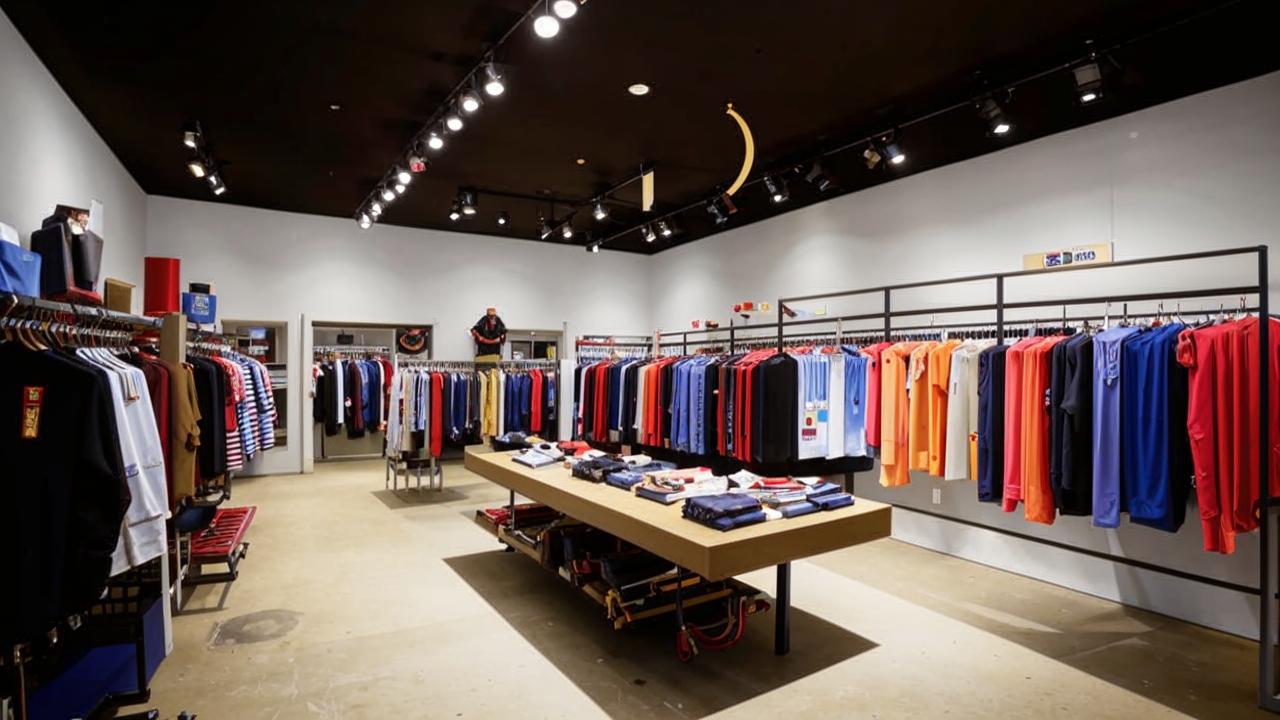
In addition to creating new brands and sponsoring athletes Quiksilver organizes numerous competitions and events, makes films under its aegis. In 2005, the company opened a charitable foundation that supports ecology, education, health care and youth projects. In 2006, the book “Mountains and Waves, The Quiksilver Story” was published, which offers an inside look at the brand’s development.
Today, the global company has been renamed Boardriders, but the Quiksilver brand has remained inside, and with it, the large sports corporation includes other brands such as Roxy, DC Shoes, Element, Von Zipper, RVCA, XCEL and Billabong.
Quiksilver is celebrating its 50th anniversary this year and to celebrate, the brand has released a limited edition 50 Years of Adventure collection, which is available in stores now.
Throughout the year, the brand will commemorate its iconic models associated with important dates in the history of world surfing, skateboarding and snowboarding in separate capsule collections.





